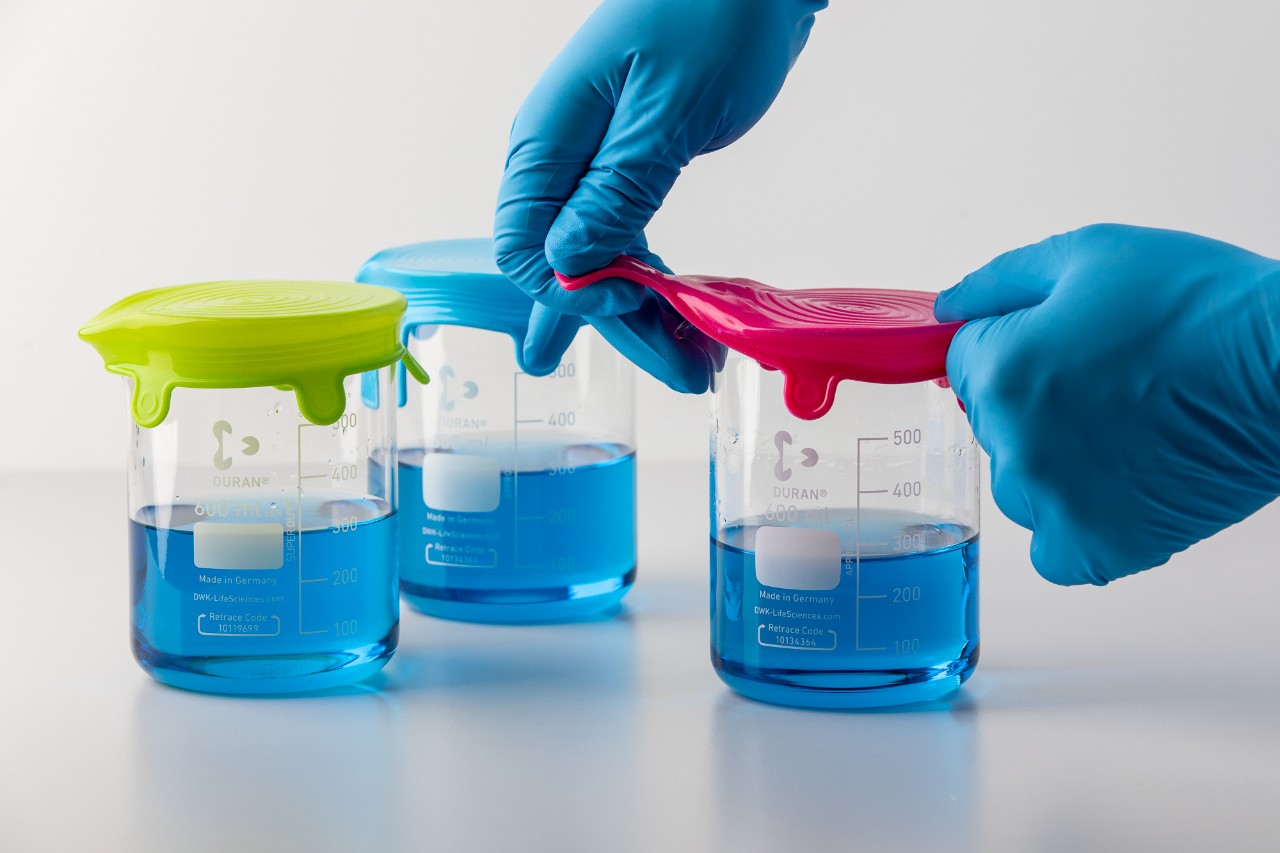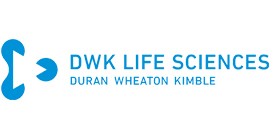Five Ways of Reducing Spillages in the Lab
It goes without saying that spillages in the laboratory environment can cause significant problems. Most importantly, all spillages must be considered a health and safety risk in the first instance and assessed accordingly. The spilled contents themselves may be hazardous to those in the vicinity and, even if this is not the case, there is a risk that work surfaces and floors might have become slippery or nearby equipment could have been damaged, resulting in further accidents if not dealt with appropriately. In addition to these immediate safety concerns, spilling contents in the lab can also lead to other issues. Valuable material might be lost and, with the risk of cross-contamination, the validity of key processes can be compromised. So how can you reduce the risk of spillages occurring the lab? There are of course some common sense approaches, such as making sure containers are placed well away from the edge of the bench and ensuring care is taken where transferring contents. However, it is also possible to reduce spillages, particularly in certain scenarios or for certain applications, through initial product selection. Below are five examples from DWK Life Sciences™ that can help you reduce spillages in your lab.
DURAN™ Silicone Lids
Many commonly used laboratory containers, such as beakers and Erlenmeyer flasks, do not have associated lids or closures. As a result, it is not uncommon for make-shift solutions to be used, such as foil, plastic plugs or glass discs. However, such containers remain vulnerable to spillages. DWK Life Sciences DURAN™ Silicone Lids can be used as an alternative. In addition to reducing the risk of spillages, these stretchable closures are available in a range of eye-catching colors to help contents be quickly and safely identified.
DURAN™ Bottle Carrying System
The contents of large volume bottles can be easily spilled, especially if they are being used to transport samples from the field to a lab for analysis, or when they are being moved around a lab itself. The DURAN™ Bottle Carrying System can be used to reduce this risk. The system includes a collar that is only removable by cutting, ensuring attachment is 100% secure in use, while the side handles make pouring safer and more controlled, ensuring the risk of spillage is reduced.
DURAN™ HPLC Conical Base Reservoirs
During a typical HPLC process, it is a common wish to ensure every last drop of the solvent from the mobile phase is captured. As a result, it is not unusual for those involved in the process to slightly tip or angle the bottle containing the solvent to allow the maximum volume to be extracted. However, this practice is risky and can result in the spillage of expensive and potentially hazardous organics. A safer alternative is the use of DURAN™ HPLC Conical Base Reservoirs. This fully enclosed system drastically reduces the risk of spillages while also reducing extraction time and overall solvent consumption.
Plastic-Coated Glassware
Borosilicate glass bottles are a common feature of most laboratories, providing a virtually inert material that can be used to safely store and protect contents from contamination. However, despite even the relative strength of this glass type, a bottle that is knocked from the height of a work bench can easily shatter resulting in broken glass and spilled contents. The DWK Life Sciences range of plastic-coated glassware avoids this by providing an external safety coating that can be used to protect both the user andthe contents from accidental spillage.
AZLON™ Safety-Venting Wash Bottles
Wash bottles are used to store many of the typical cleaning solutions used in laboratories, such as ethanol, methanol, and acetone. However, storing these solutions in standard bottles can lead to solvent drips caused by pressure build up within the container itself. Our range of AZLON™ Safety-Venting Wash Bottles avoid this problem thanks to a patented DripLok™ vapor-venting valve, which ensures safe release of pressure from within the wash bottle and thus reduces the risk of solvent drips on work surfaces and surrounding areas.
Content provided by:






